Growing winter vegetables: Guide to Winter sowing
When it comes to growing vegetables, some of you might not think much about this season. But I'm actually a big fan of growing winter vegetables and I hope you will try it too! Start by reading my guide on winter sowing here.
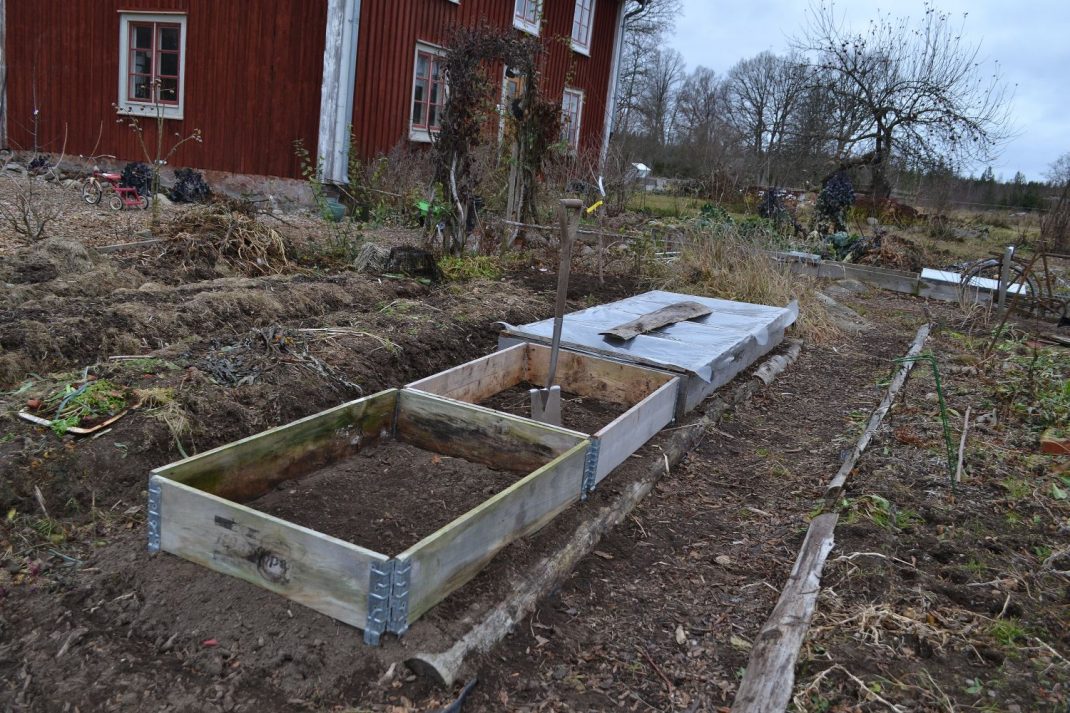
My pallet collars ready for winter sowings.
We often sow in spring and early summer. Just like we have done for generations and generations. But it doesn't have to be this way! I like spreading it out over the entire year instead. This makes the workload a lot more manageable and I get to harvest more evenly throughout the year. Winter sowing is just the best! I grow plenty of winter vegetables when it's cold outside. Try it!
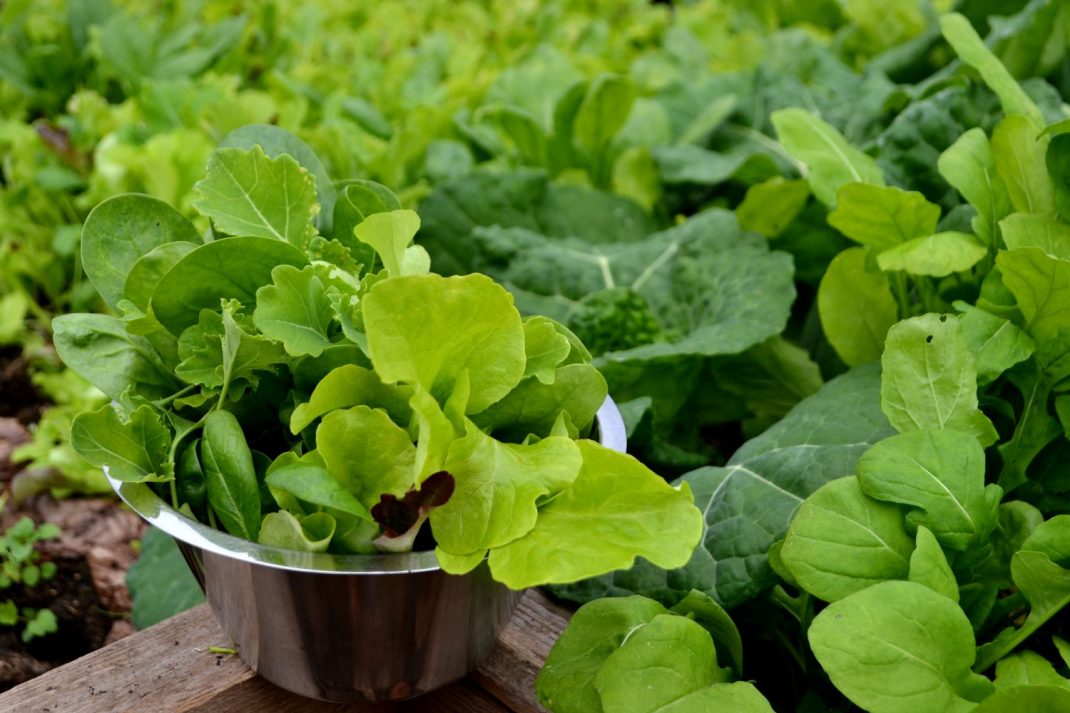
Lettuce is often quite hardy. I mix lettuce, cabbage and spinach seeds and sow them in my polytunnel. I can harvest the plants in early April.
Pick the right time
Winter sowing is about sowing your vegetables in cold soil. The soil could even be frozen, it's actually not a problem. Simply put the seeds on top of the hard soil before covering them with layer of thawed soil. Put the soil either on top of the row of seeds, or cover the entire area. Leave the seeds in the cold soil all winter. The seeds will germinate when it gets warmer and brighter in spring.
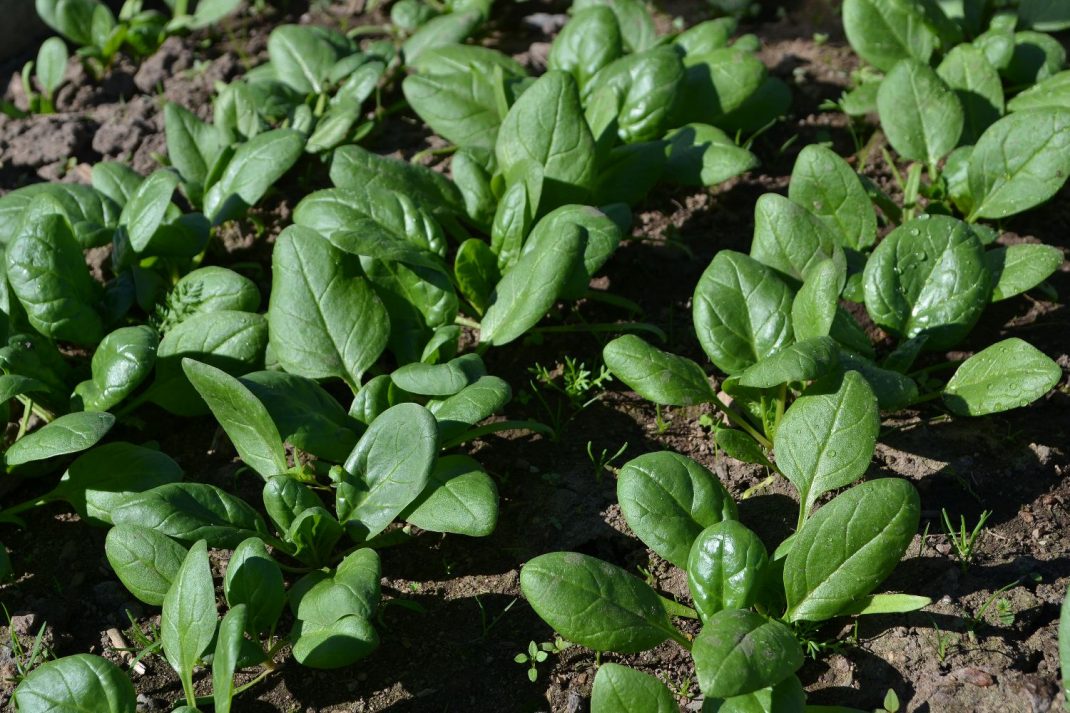
This is my winter sown spinach, in a cultivation box in zone 3. I sowed the seeds in January, the seeds germinated in March and I could start harvesting my spinach in early April.
The winter sowings will produce an early harvest, often earlier than your spring sown seeds. The reason for this is that they have been "preparing" to grow all winter. They have been absorbing moist and waiting for just the right time to sprout. I would lose this head start if I decided that for them.
Knowing when the time is right is not always so easy though. There is no point in sowing too soon. The seeds might germinate during a slightly milder period before the cold really takes ahold, and that could ruin your sowing when the soil starts to freeze again. I usually wait until I see that the weather forecast tells me that it will stay below freezing for at least a week. It could be in November, December, January, February or March. You have the best chances of succeeding with your winter vegetables later in the season, but I think you should test the waters and try different things.
Learn more about winter sowing: Growing vegetables in winter, for beginners
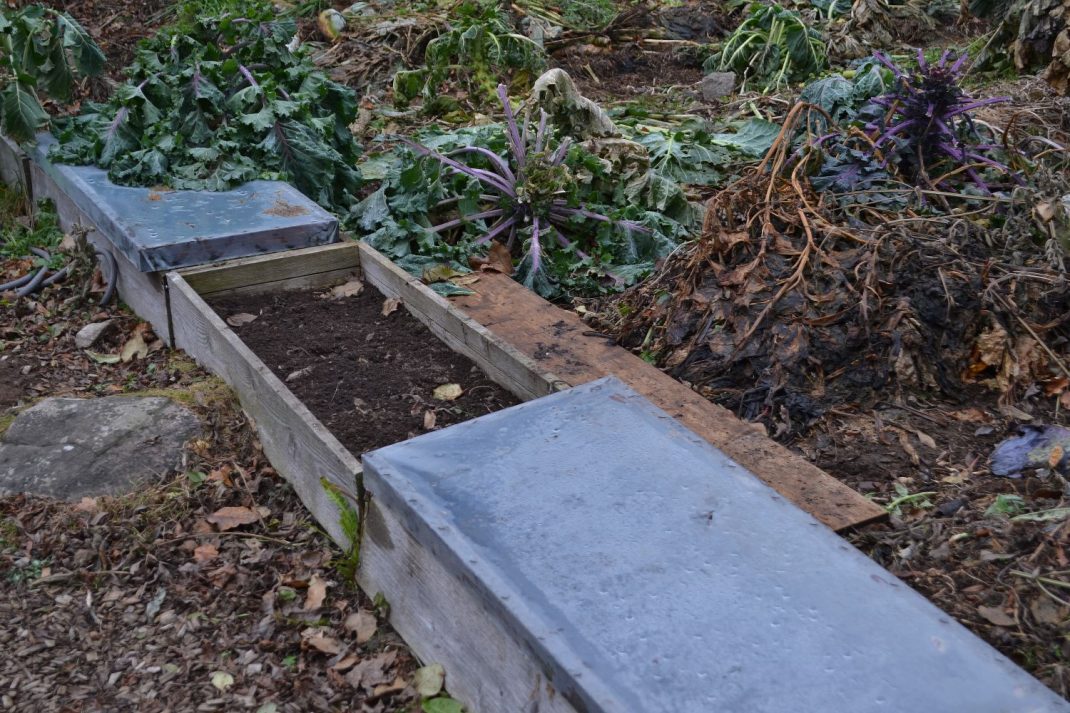
A cultivation box that can be covered with a lid is the perfect spot to grow winter vegetables.
Pick the right spot
I always make sure to look over my garden beds closely before sowing my winter vegetables. I want a spot that's sheltered, for example a box, frame, raised bed or a polytunnel. Most of these beds can get some extra protection with the help of a lid, a plastic sheet or some mesh wire fencing so that pets or bad weather don't ruin the sowing. The choice of location will also determine how early the vegetables will start to grow. I have noticed that the temperatures can differ quite a lot here in my garden, so make sure to be careful when you choose the spot for your winter vegetables.
A great alternative to winter sowing (if you don't have any prepared spaces), is to pre-sprout some vegetables that you can plant later. You can do your winter sowings in plastic tubs outdoors too. This will save you some space and it's a very effective way of growing.
Grow the right vegetables
The winter vegetables I sow now are very hardy and cold-resistant. They also grow very quickly. So, my goal is of course to get a fast (early) harvest of vegetables in spring. Choosing fast-growing vegetables that can take the cold and picking sheltered spots to grow them helps me get a very early harvest. My favorites are spinach, lettuce, kale, dill and arugula. But other vegetables could work too if you sow them early. Carrots and parsnips will often be ready several weeks earlier if you sow them in winter.
The winter sown seeds do just fine in the cold soil. Try sowing spinach, lettuce, cabbage, a few cold-resistant alliums, dill, parsley, parsnip, black and regular salsify and carrot. You could also google winter sowing to find out what other gardeners have experimented with before.
Sowing in winter does pay off! Seeing several pallet collar beds full of bright green leaves is just such a joy in early spring when most seeds haven't even germinated yet.
Now what?
The next step is to go through my seeds and see if I need to add anything to my collection. I know that some of my projects require quite a lot of seeds, for example lettuce, spinach, kale and arugula.
I prepared a few cultivation boxes that I fertilized by digging down compost before the ground froze. I placed a few pallet collars straight on top of my beds so that I can protect the soil with a lid on top. All I need to do now is wait until I have some spare time, and then I will sow!
Watch the videos below to learn more about winter sowing. Good luck!
/Sara Bäckmo
06. January 2019


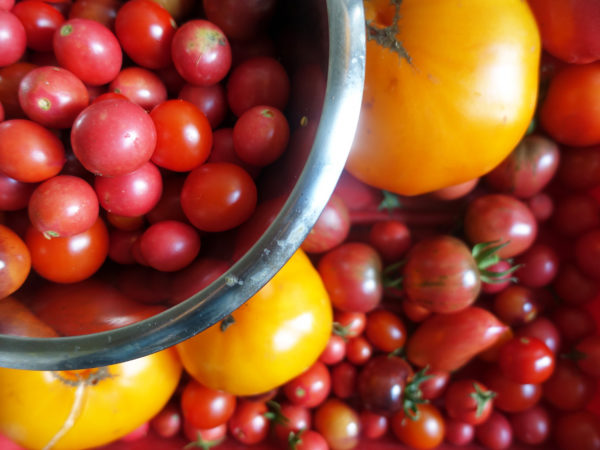
Leave a Reply
You must be logged in to post a comment.